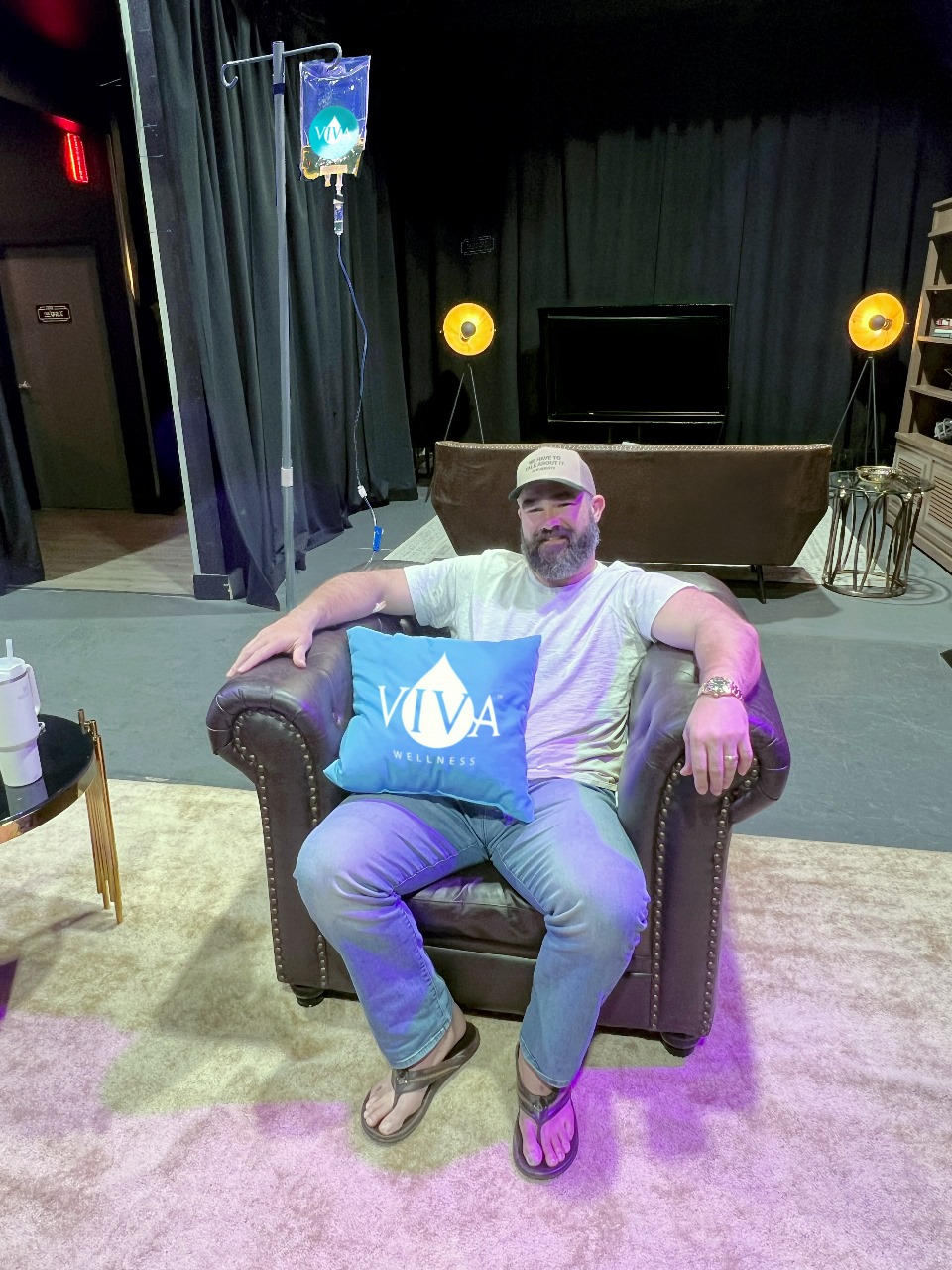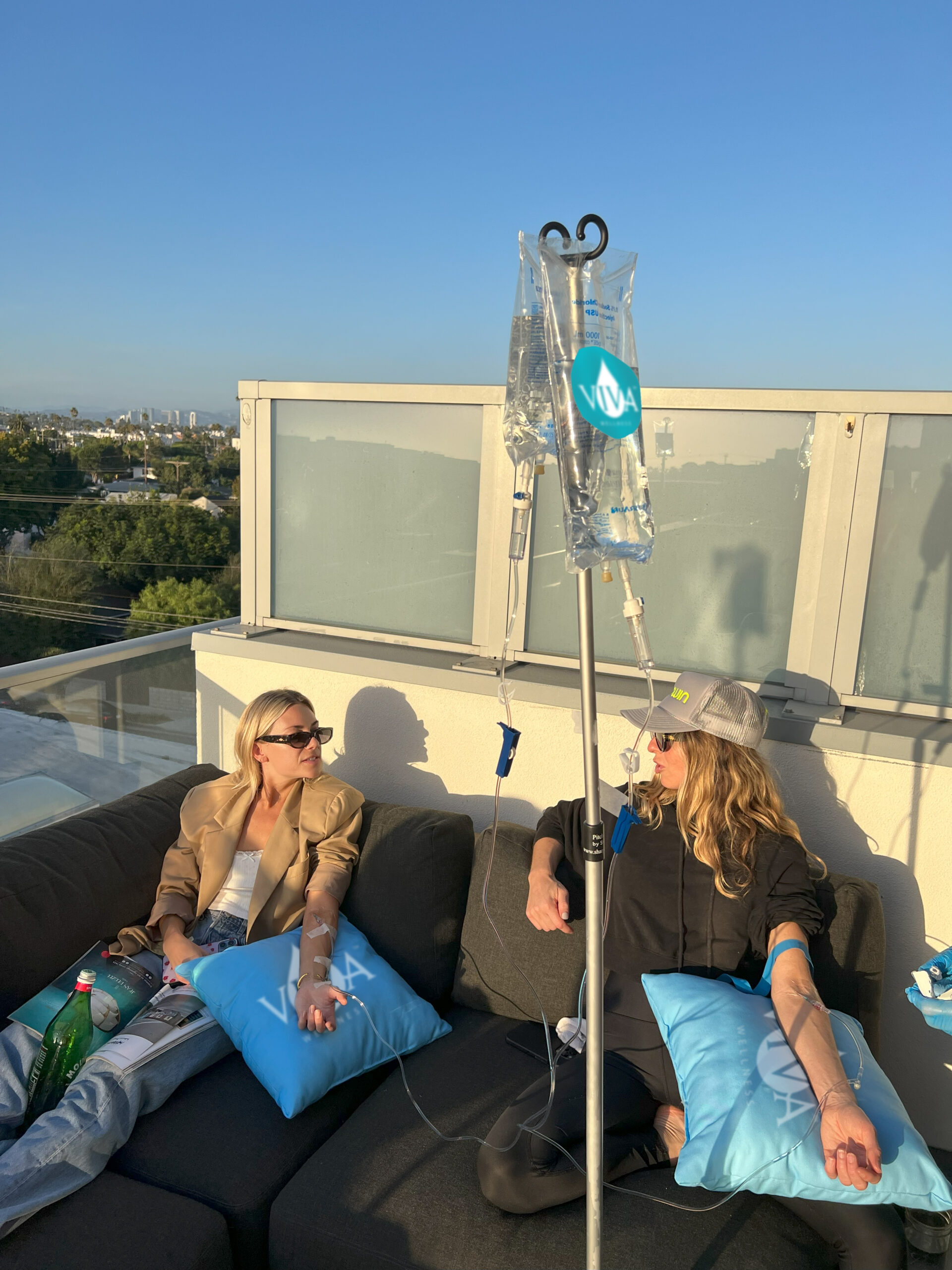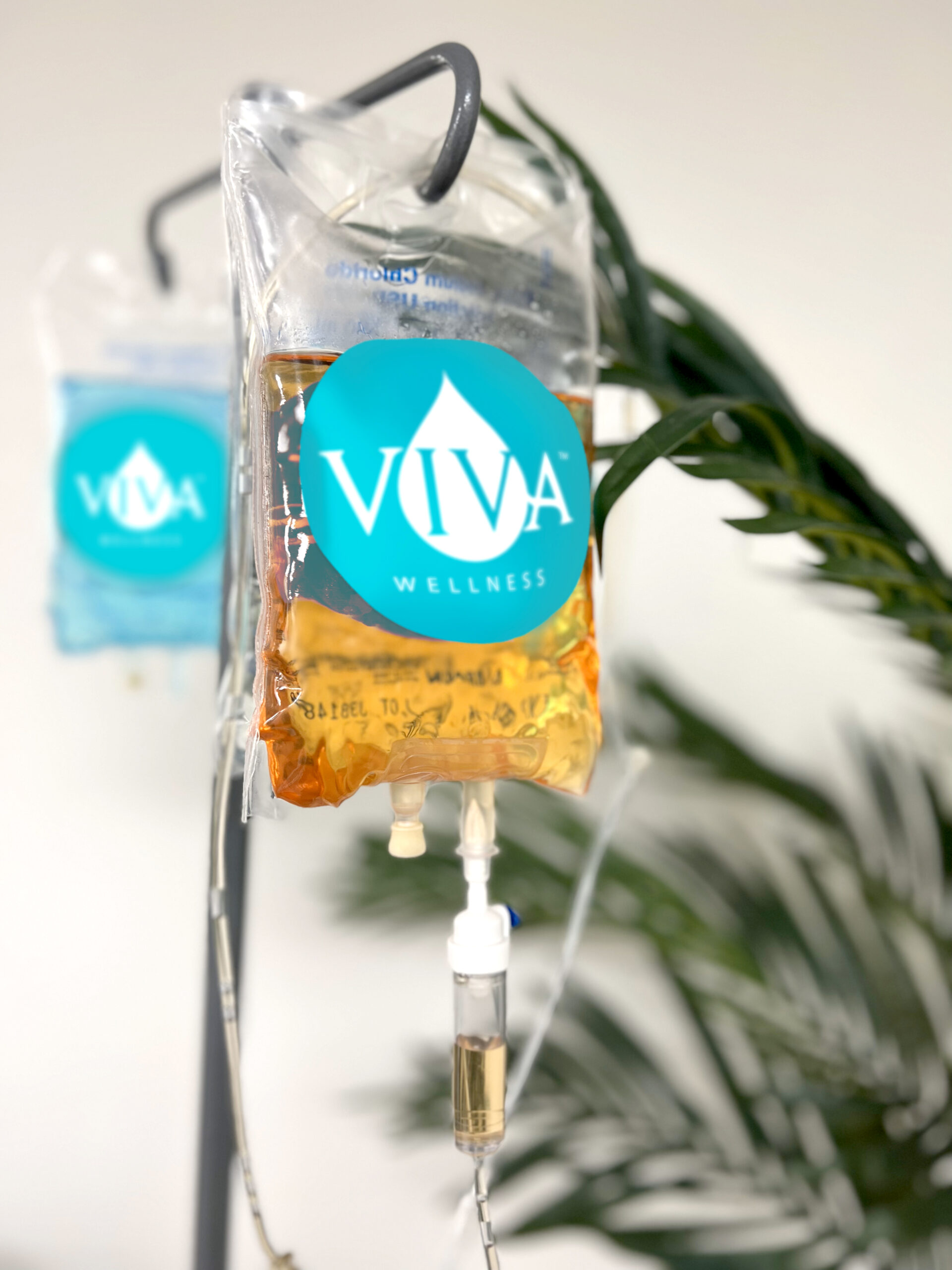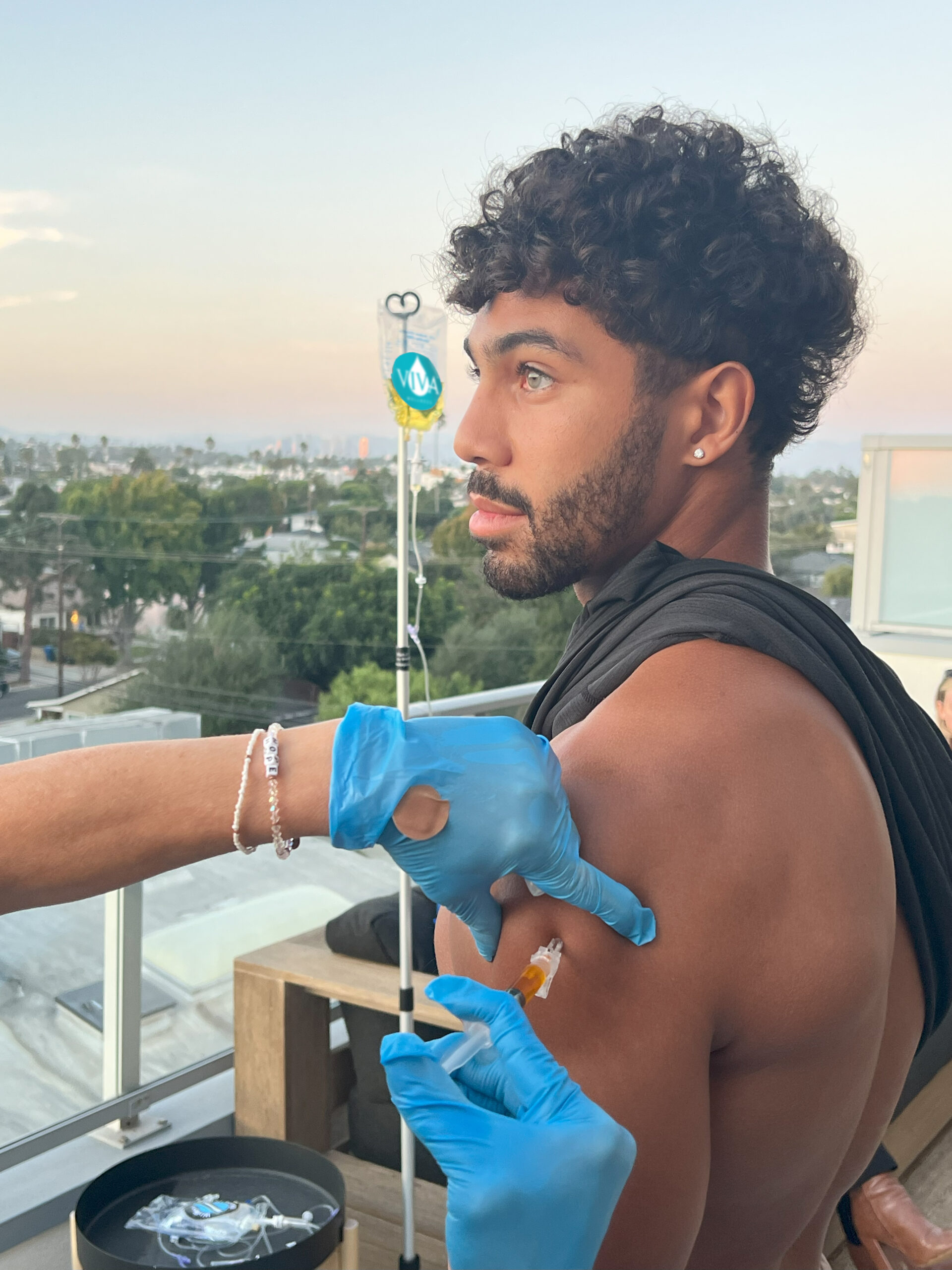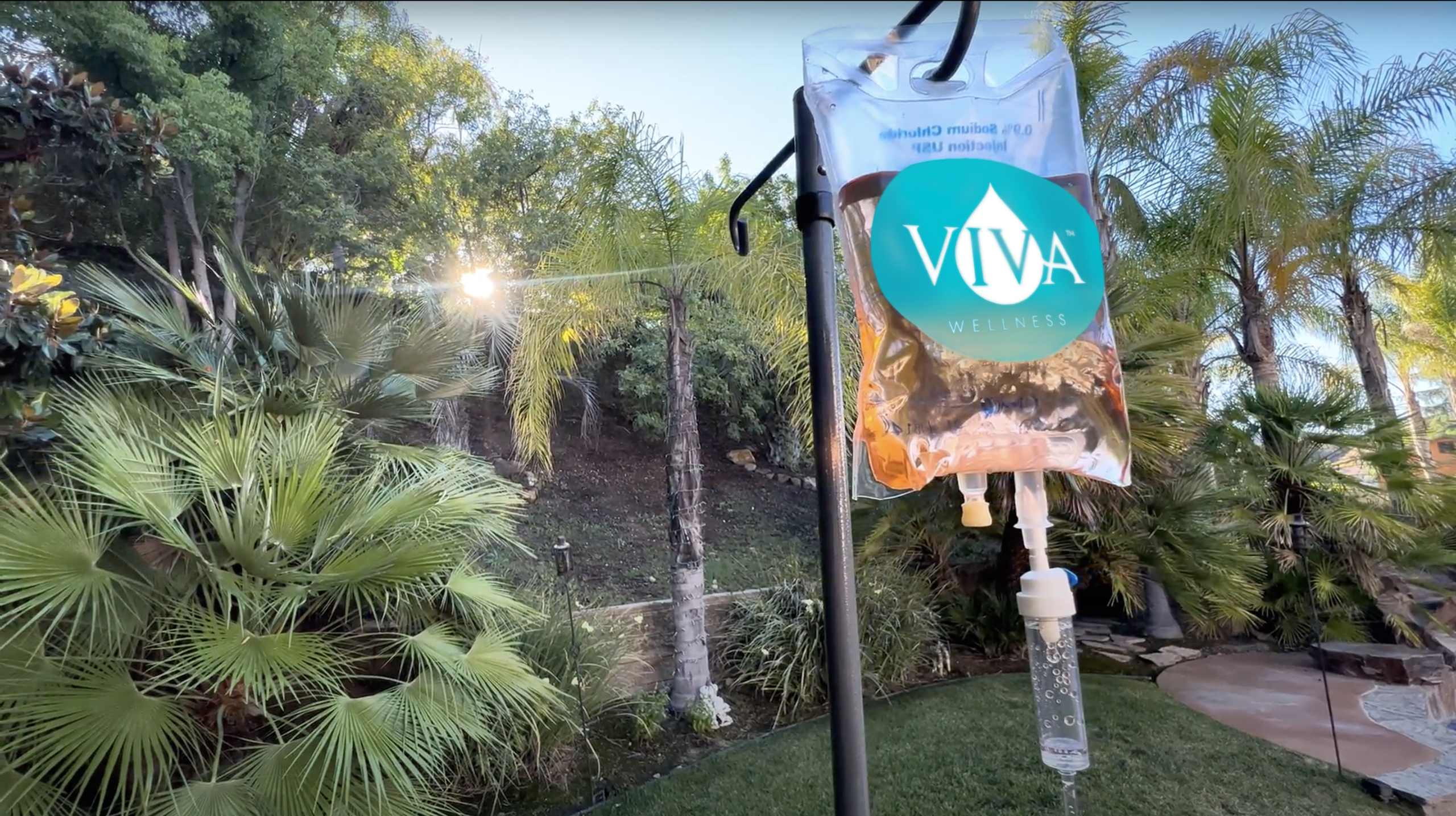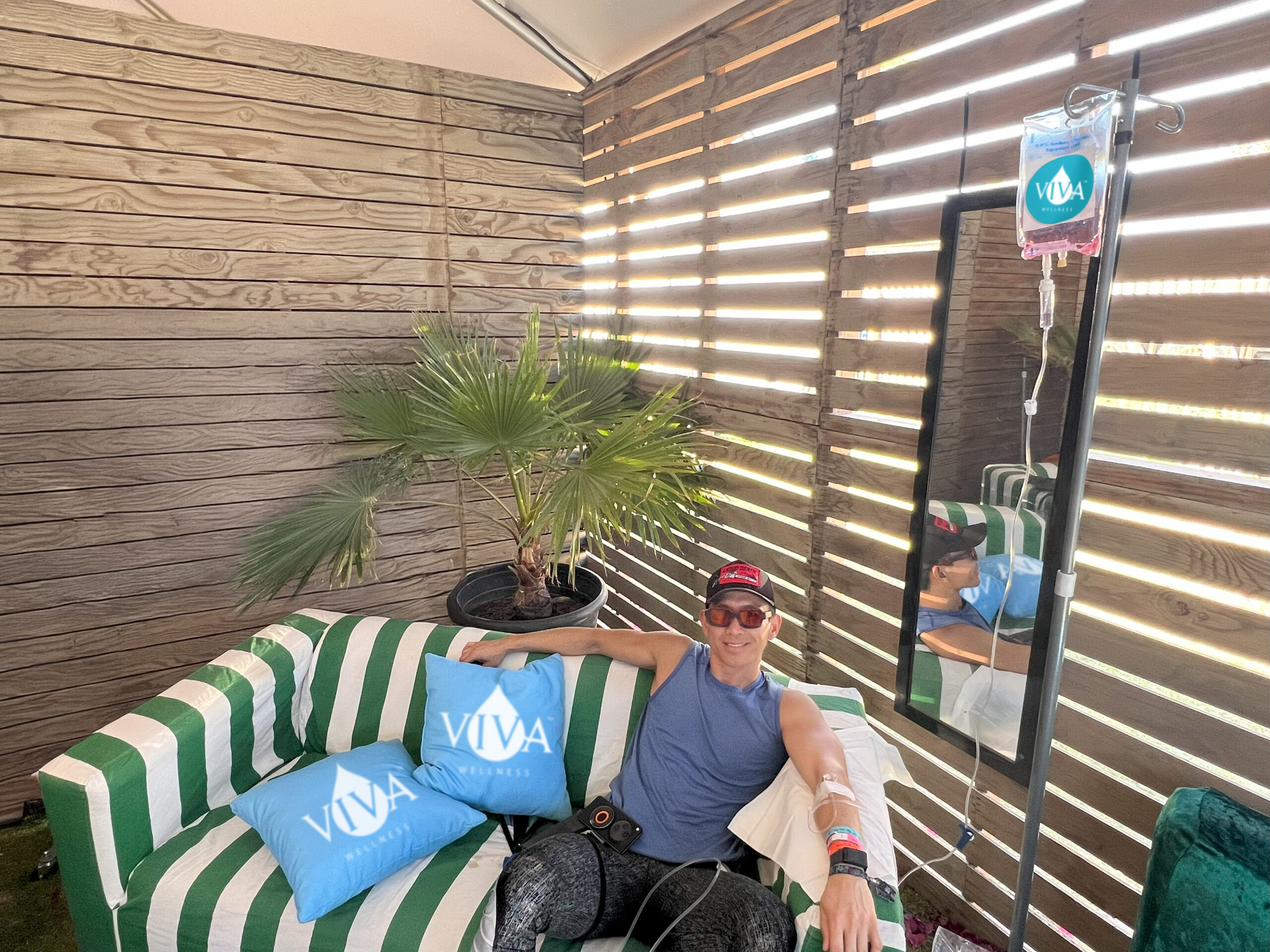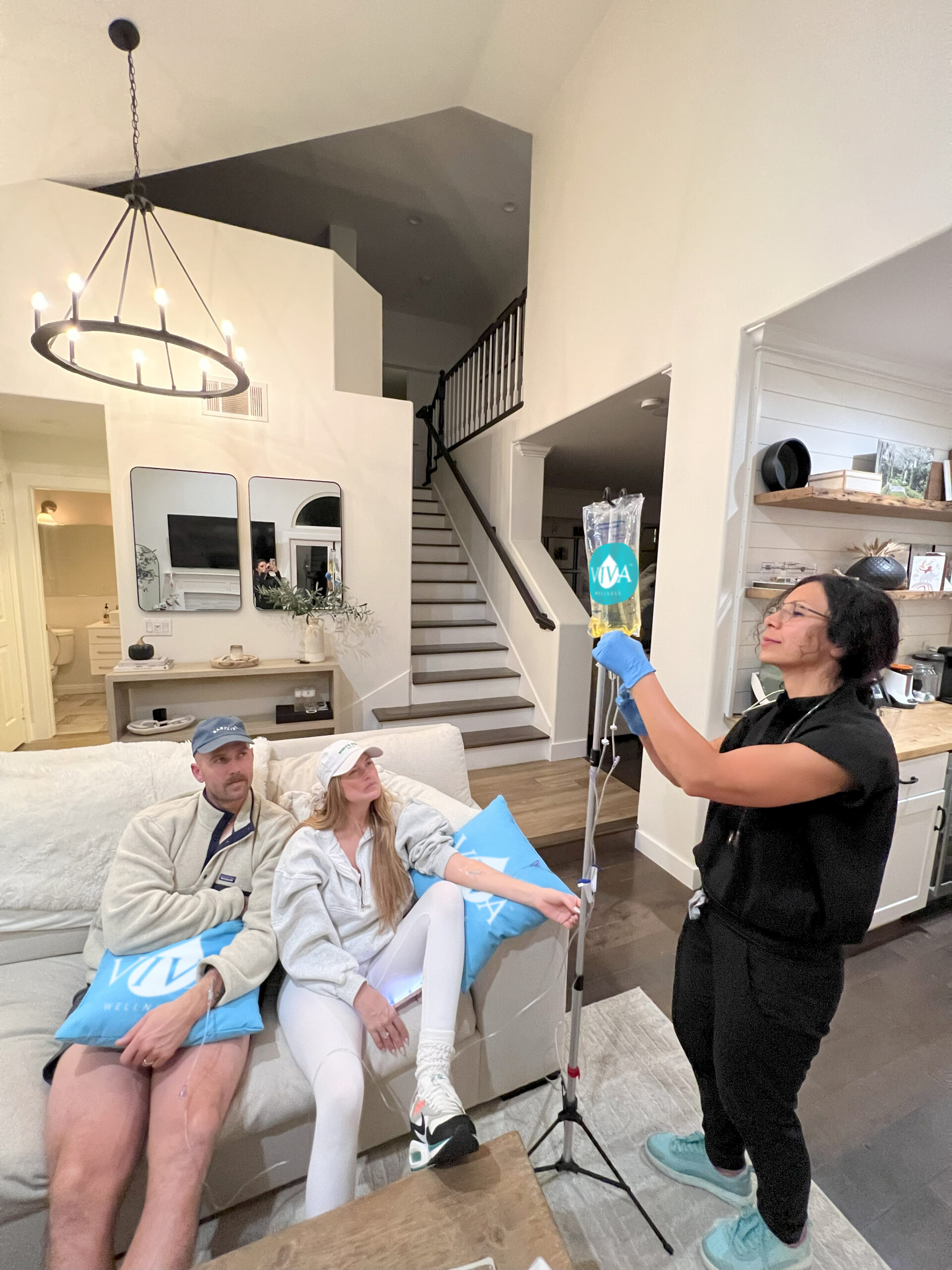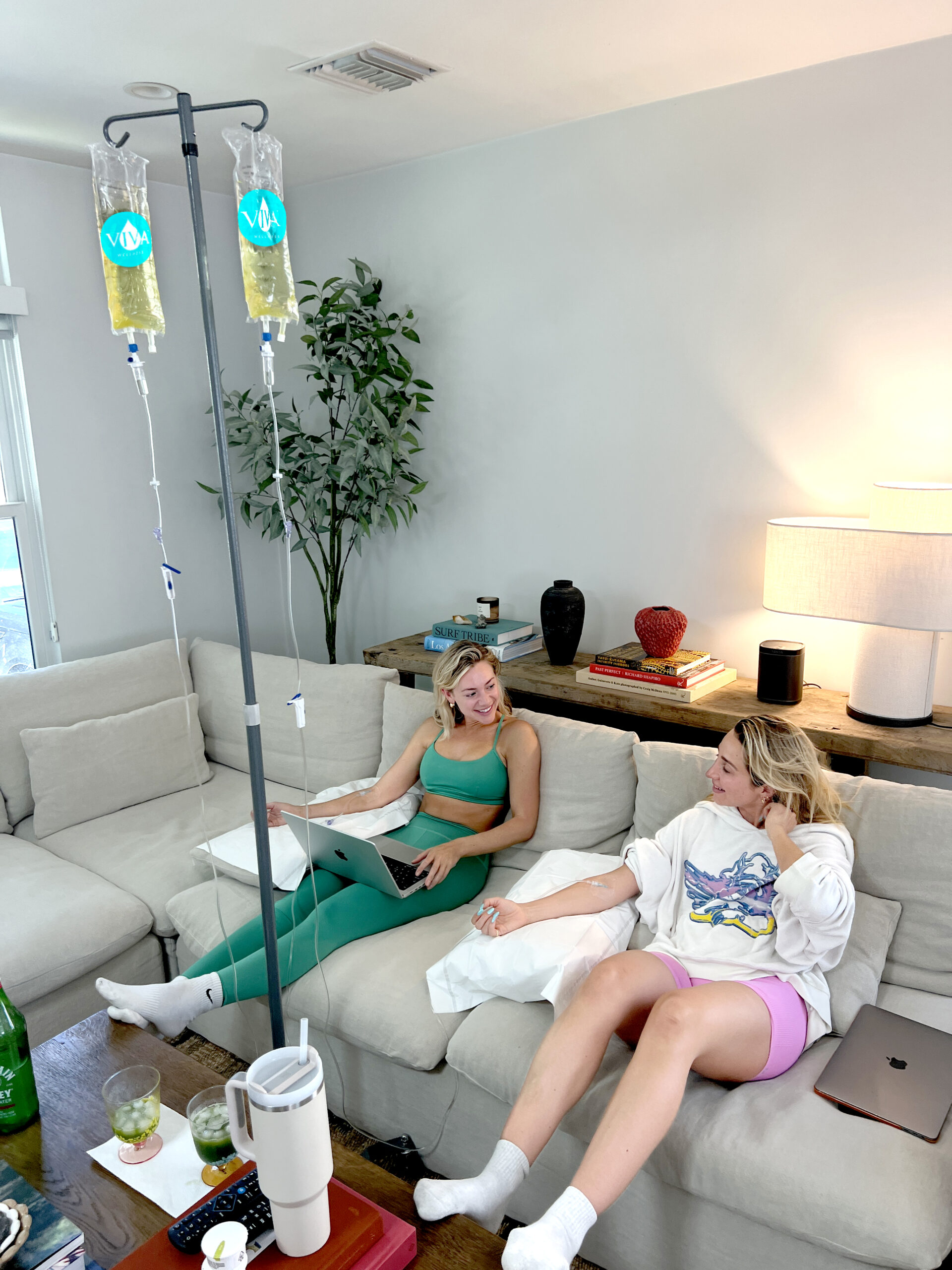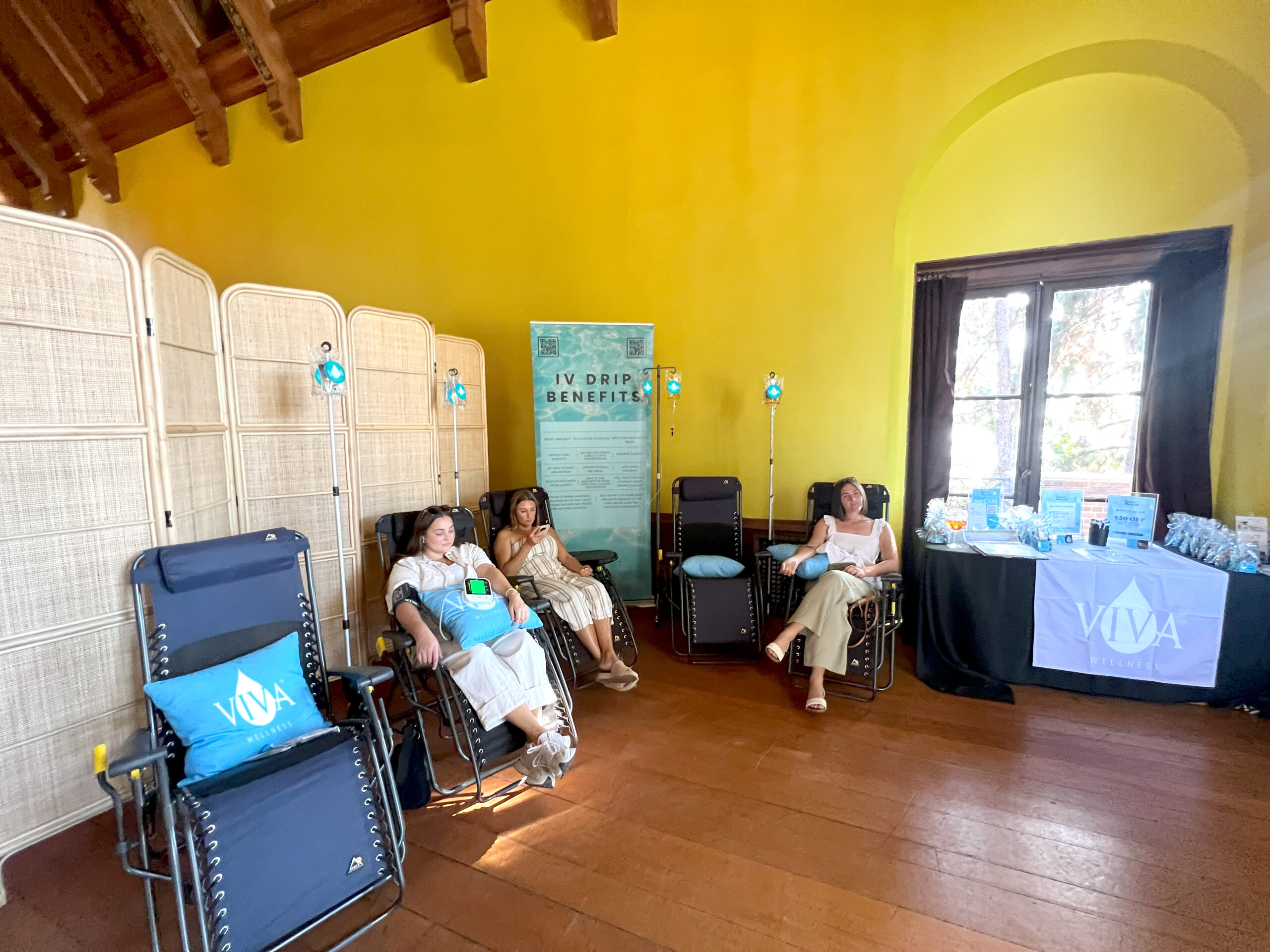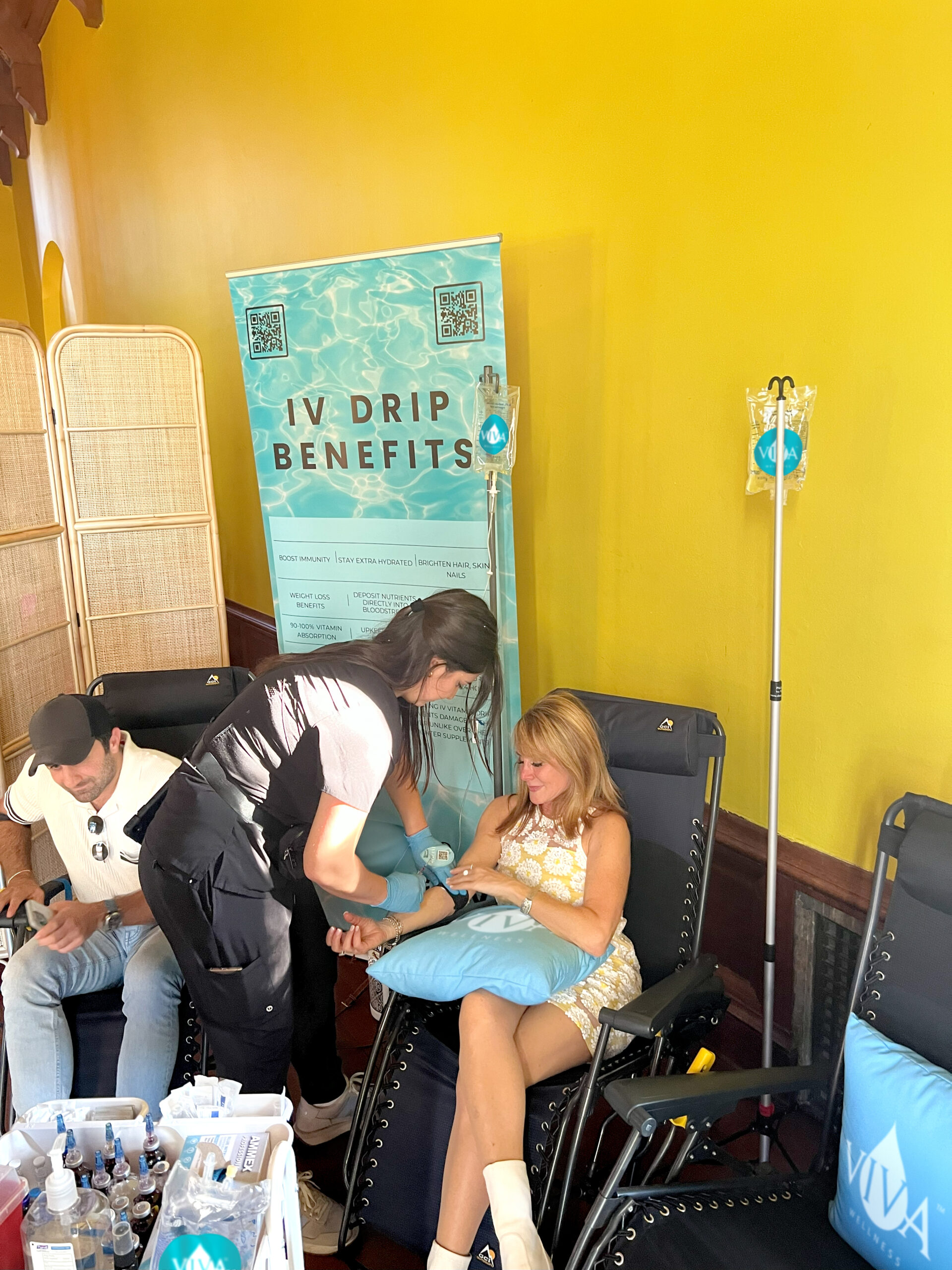Many people struggle to stay hydrated, especially on busy days. IV Drips offer a quick way to boost hydration and energy through direct fluids. This post will explain the benefits of both IV hydration and drinking water, so you can choose what fits your lifestyle.
Keep reading to find out which option is best for you.
Key Takeaways
- IV drips hydrate you faster than drinking water because fluids go straight into your bloodstream, skipping the digestive system.
- Drinking water hydrates more slowly since your body absorbs it through the stomach and intestines over time.
- Doctors use IV therapy in hospitals for quick recovery from sickness, surgery, or dehydration caused by heavy exercise.
- Daily water intake—about eight 8-ounce glasses—is important for long-term health and steady hydration.
- Use IV drips for urgent hydration needs but rely on regular water drinking to maintain wellness every day.
How IV Drips Work for Hydration

IV therapy sends fluids straight into your bloodstream using an IV drip. This method helps you rehydrate quickly and can deliver important nutrients at the same time.
Direct absorption into the bloodstream
The fluids and nutrients from IV drips enter the bloodstream right away. This direct route allows your body to use hydration therapy fast. Doctors use this method for quick recovery in hospitals and clinics.
Hydration alternatives like IV therapy help people who lose fluids from illness or exercise. Studies show that benefits of IV drips include faster rehydration compared to drinking water.
“IV drip hydration delivers vital nutrients straight into your system, bypassing the digestive process.”
Unlike drinking water, which takes time to move through the stomach and intestines, IV vs water intake shows how quickly results can appear with a drip. Stay tuned for more on rapid rehydration and nutrient delivery using these methods.
Rapid rehydration and nutrient delivery
IV drips provide rapid rehydration and swift nutrient delivery. These fluids enter the bloodstream directly, which means your body absorbs them almost instantly. This quick process helps combat dehydration efficiently.
IV hydration can restore essential electrolytes that you may lose through sweat or illness.
In high-pressure situations, like intense workouts or recovering from an illness, IV therapy stands out as a top option for hydration. Many people seek IV drips for energy boosts or recovery after strenuous activities.
They appreciate how fast their bodies respond to this method compared to just drinking water. Choosing IV drips ensures your system receives vital nutrients without delay.
Hydration Through Drinking Water
Drinking water aids your body in absorbing fluids gradually through the digestive system. This steady process maintains your hydration throughout the day and promotes wellness.
Gradual absorption through the digestive system
Hydration through drinking water occurs in the digestive system. Water enters your stomach first and moves into the intestines. Your body absorbs fluids from there, allowing nutrients to pass into your bloodstream.
This process takes time, so hydration happens gradually.
Daily water intake is essential for maintaining hydration for wellness. You can drink enough water throughout the day to support recovery and keep dehydration at bay. Understanding this absorption process helps clarify how drinking water compares with IV drips for quick hydration solutions.
Maintaining hydration with daily water intake
Daily water intake plays a crucial role in maintaining hydration. Drinking enough water helps your body function properly. It supports digestion, regulates temperature, and keeps skin healthy.
Aim for at least eight 8-ounce glasses of water each day to stay hydrated. This amount can vary based on activity level and climate.
Regular consumption of water prevents dehydration effectively. Your body absorbs it gradually through the digestive system, which allows for steady hydration over time. Unlike IV drips that deliver fluids quickly into the bloodstream, drinking water provides a more natural approach to hydration.
Staying consistent with your daily intake ensures you support your body’s hydration needs while enjoying other health benefits as well.
Comparing IV Drips and Drinking Water
IV drips offer quick hydration by delivering fluids straight into your bloodstream. Drinking water takes longer but helps maintain hydration throughout the day.
Efficiency and speed of hydration
IV drips provide rapid hydration. They deliver fluids directly into the bloodstream, bypassing the digestive system. This method allows for almost immediate absorption of water and nutrients, offering quick relief for dehydration.
Patients can experience noticeable benefits in a short time.
Drinking water helps maintain hydration but works more slowly. The body absorbs fluids gradually through digestion. Daily water intake is essential to keep levels up over time. For fast results, IV therapy shines brighter than drinking water on the efficiency scale.
Hydration for recovery often benefits from these swift methods compared to traditional means like drinking lots of water.
Situational use cases for each method
IV drips work best in urgent situations. Medical professionals often use them for dehydration caused by illness or surgery. They deliver fluids and nutrients directly into the bloodstream, providing quick relief.
This method proves highly effective during emergencies or severe dehydration.
Drinking water fits everyday hydration needs. Most people maintain their daily water intake to support overall health. It’s simple, convenient, and easily accessible for most activities.
Regularly drinking water also helps keep your body functioning well without needing medical intervention. Each option serves its purpose depending on the situation.
Conclusion
Staying hydrated is important for your health. Both IV drips and drinking water serve different purposes. IV therapy works quickly, making it great for rapid rehydration. Drinking water offers a slower, steady way to maintain hydration throughout the day.
Choose the method that best fits your needs and lifestyle.
FAQs
1. How does IV drip hydration compare to drinking water for dehydration?
IV drips for dehydration deliver fluids and nutrients straight into your bloodstream. This method works faster than water intake because it skips the digestive system.
2. What are the main IV therapy benefits over regular water intake?
IV therapy benefits include quick rehydration, direct nutrient delivery, and effective support when severe dehydration occurs. Water intake helps with daily hydration but acts slower in emergencies.
3. When should I choose an IV drip instead of drinking water?
Choose IV drip hydration if you are severely dehydrated or cannot drink enough fluids due to illness or injury. For everyday needs, regular water intake remains one of the best hydration options.
4. How does IV therapy work as a hydration option compared to other methods?
With IV drips, medical professionals insert a small tube into your vein; this allows fluids to enter your body quickly and efficiently. Compared to other best hydration options like sports drinks or oral supplements, IV drips act much faster and provide precise results when needed most.




